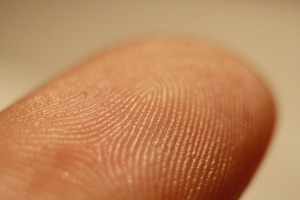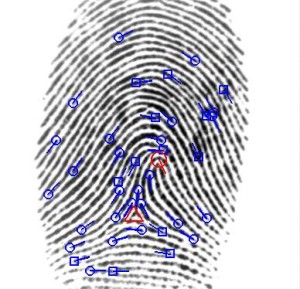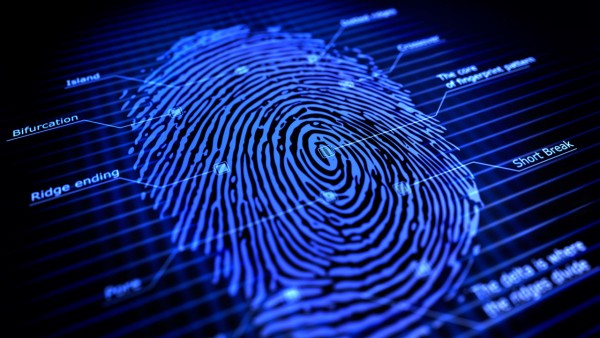In both TV crime dramas and real-life courtrooms, fingerprints are often the lynchpin connecting a criminal to a crime. Many studies have demonstrated that the loops, whorls, and arches on an individual’s “friction ridge skin” are unique enough to be admissible as evidence, but few have investigated whether they remain the same over time. Therefore, fingerprints have been used by law enforcement and forensics experts to successfully identify people for more than 100 years. Though fingerprints are assumed to be infallible personal identifiers, there has been little scientific research to prove this claim to be true. As such, there have been repeated challenges to the admissibility of fingerprint evidence in courts of law.
It turns out that fingerprints do evolve, but only slightly: A statistical analysis published today in the Proceedings of the National Academy of Sciences found that fingerprints change over time, but not enough to impact forensic analyses.
The study followed 15,597 subjects, whose prints were taken at least five times over a minimum of 5 years. The results show that larger time intervals between printings reduced the odds of correctly matching a print to a finger in the database, but only by an operationally inconsequential amount. Further, the scenario in which an innocent defendant would be wrongfully convicted—where the machine finds a match even though there isn’t one—was even less likely, with a probability close to zero regardless of the time between printings. Overall, the best predictor of mistakes was the quality of the image. Poor images yielded more errors, leading the team to conclude that image quality plays a bigger role in explaining the variation than elapsed time.
 “We wanted to answer the question that has plagued law enforcement and forensic science for decades: Is fingerprint pattern persistent over time?” said Anil Jain, University Distinguished Professor, computer science and engineering, at Michigan State University. “We have now determined, with multilevel statistical modeling, that fingerprint recognition accuracy remains stable over time.”
“We wanted to answer the question that has plagued law enforcement and forensic science for decades: Is fingerprint pattern persistent over time?” said Anil Jain, University Distinguished Professor, computer science and engineering, at Michigan State University. “We have now determined, with multilevel statistical modeling, that fingerprint recognition accuracy remains stable over time.”
Jain, along with his former Ph.D. student Soweon Yoon, who is now with the National Institute of Standards and Technology, used fingerprint records of 15,597 subjects apprehended multiple times by the Michigan State Police over a time span varying from five to 12 years.
The results show that fingerprint recognition accuracy doesn’t change even as the time between two fingerprints being compared increases.
The paper by Yoon and Jain, published in the Proceedings of the National Academy of Sciences, is the largest and most thorough study of the persistence of Automated Fingerprint Identification Systems, or AFIS, accuracy.
Experts agree that Jain’s research addresses one of the most fundamental issues in fingerprint identification and is of great importance to law enforcement and forensic science:
- “This study is one of the fundamental pieces of research on a topic that has always been taken for granted. The permanence of fingerprints has not been systematically studied since the seminal work of Herschel was presented in Galton’s book: Finger Prints (1892, Macmillian & Co.). Although operational practice has shown that the papillary patterns on our hands and feet are extremely stable and subject to limited changes (apart from scars), the study presented in PNAS provides empirical and statistical evidence.” Professor Christophe Champod, Université de Lausanne, Switzerland.
- “This study is a monumental achievement and one that will benefit forensic science teams worldwide.” Capt. Greg Michaud, director of the Forensic Science Division, Michigan State Police.
- “Dr. Jain’s analytic quantification on fingerprint persistence of the results significantly support early studies on fingerprint persistence and yet further support legal requirements for peer review and publication.” Jim Loudermilk, senior level technologist at the FBI Science and Technology Branch.







